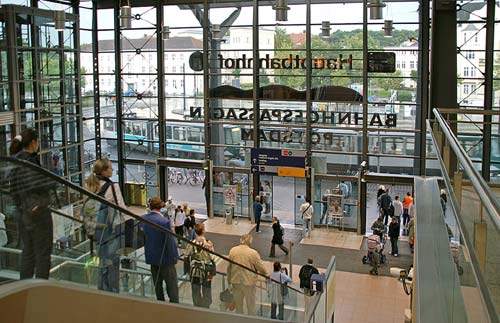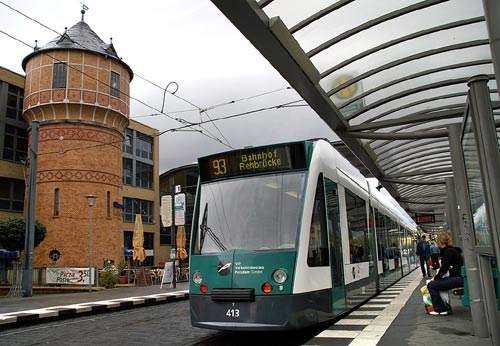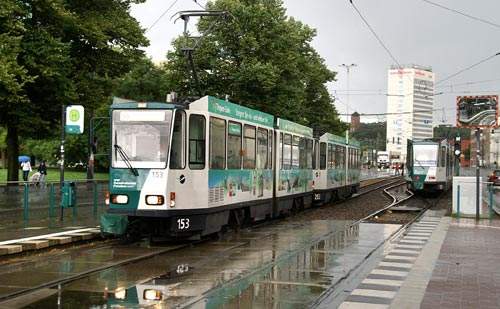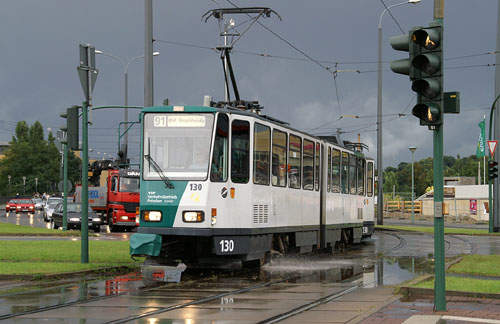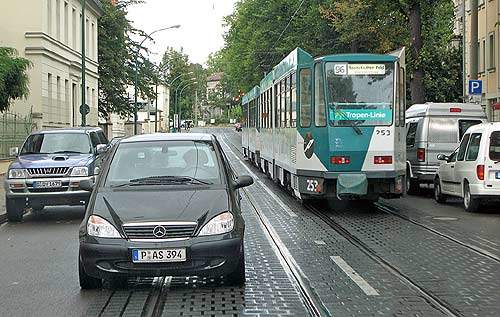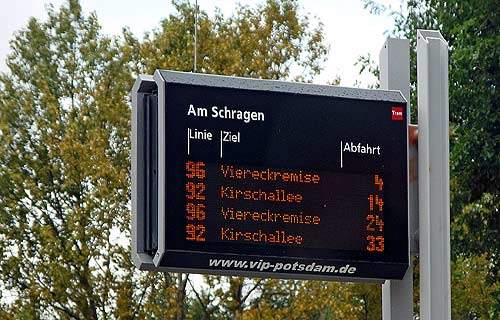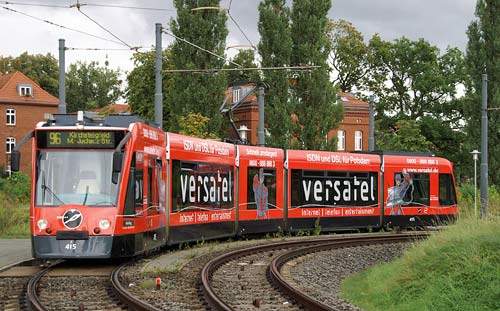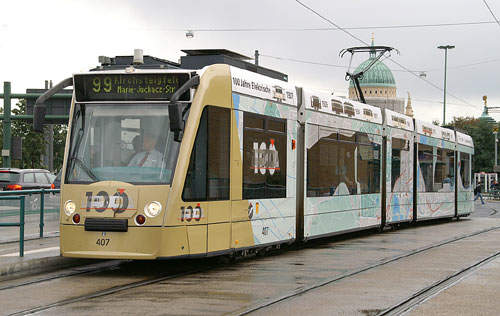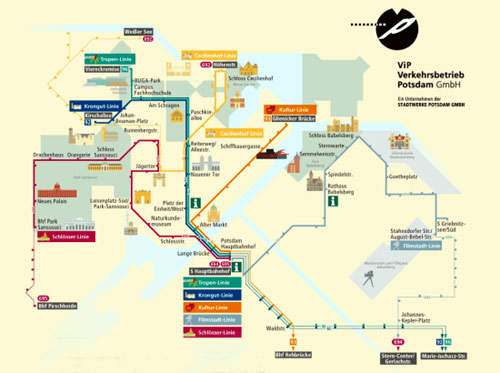The city of Potsdam’s rail network is under the current ownership of the municipal energy company, Stadtwerke Potsdam, whose transport operator is ViP Verkehrsbetriebe Potsdam. It is part of the continuing rich history of the city’s rail system, which boasted a world-beater in light rail operations, the Combino modular tram.
In the post-war years, Potsdam’s proximity to Berlin counted for little, being on the border with West Berlin and effectively at a dead-end for local travel when the border was closed in 1961, with long distance trains only passing though on the sealed rail corridor.
For German Democratic Republic (GDR) citizens, a lengthy southern outer ring line gave access to East Berlin without passing through ‘the West’.
The tram system did benefit from investment however, with a long-term programme of track and power supply improvements.
Potsdam had a modernising tramway operator, with post-war restoration leading into expansion that continued up to the opening of the border in November 1989.
Within ten years of re-unification, Potsdam was set to become the showcase for modern tramway operations in the former GDR.
INFRASTRUCTURE
The 1,435mm system operates as seven routes using a mixture of shared and dedicated alignments. To encourage rail commuting, extensions to the south-east brought more residential areas into the network, with the Marie-Juchacz-Strasse terminus opening in 1998. The most recent extension has been to the north of the city, encouraged by Potsdam staging BUGA 2001 (Bundesgartenschau – German Federal Garden Show).
Since 2000, the Berlin S-Bahn S7 and local and regional DB services terminate in Potsdam Hauptbahnhof (formerly Potsdam-Stadt), south of the city centre. This and the more central Platz de Einheit are the main transport interchanges and concentrations of tram routes alongside ViP’s bus operations.
ROLLING STOCK
As with infrastructure investment, the pre-unification operators showed faith in long-term tram development by introducing the Czech-built ‘Tatra’ KT4D, arguably the best vehicles available to them. The fleet was to eventually incorporate vehicles from other East German systems and a modernisation programme took place between 1992-1995.
Potsdam was at the forefront of the transition to low floor operation when it placed an order with Siemens for Combino modular five-section trams in 1997, with expected delivery from the Krefeld-Uerdingen plant by 2009.
However, structural faults in the aluminium bodies created concerns regarding collision safety, leading Siemens to instruct operators not to use vehicles that had covered 120,000km (74,500 miles). This distance had already been reached by the Potsdam Combinos, thus leading to their immediate withdrawal in March 2004.
An expensive rebuild programme by Siemens covering all operators ensued, but Potsdam and the manufacturer agreed a settlement in June 2004 with only 16 vehicles delivered. Consequently ViP operations have remained reliant upon the Tatras as the smaller, rebuilt Combino fleet re-entered service.
SIGNALLING AND COMMUNICATIONS
In 1997, a computer-based operating control system was commissioned, using standard tram-type signals, interlocked with the signals for road traffic and intersections. Passenger information is provided on board vehicles and through real-time indicators on platforms.
The Potsdam network has its own ticketing arrangements, is a partner in the Berliner Verkehrsbetriebe (BVG) and is also covered by tickets of the state rail body, the Verkehrsverbund Berlin-Brandenburg (VBB).
THE FUTURE
For all the problems associated with the Combino, an objective for the network remains the replacement of the high floor fleet with modern low floor vehicles that offer the prospect of reduced operating costs and increased quality for passengers.
The next route extension is likely to be in the north, where former military land is projected for new housing development. S-Bahn terminus Teltow, 15km to the east has also been identified as a potential network expansion.

